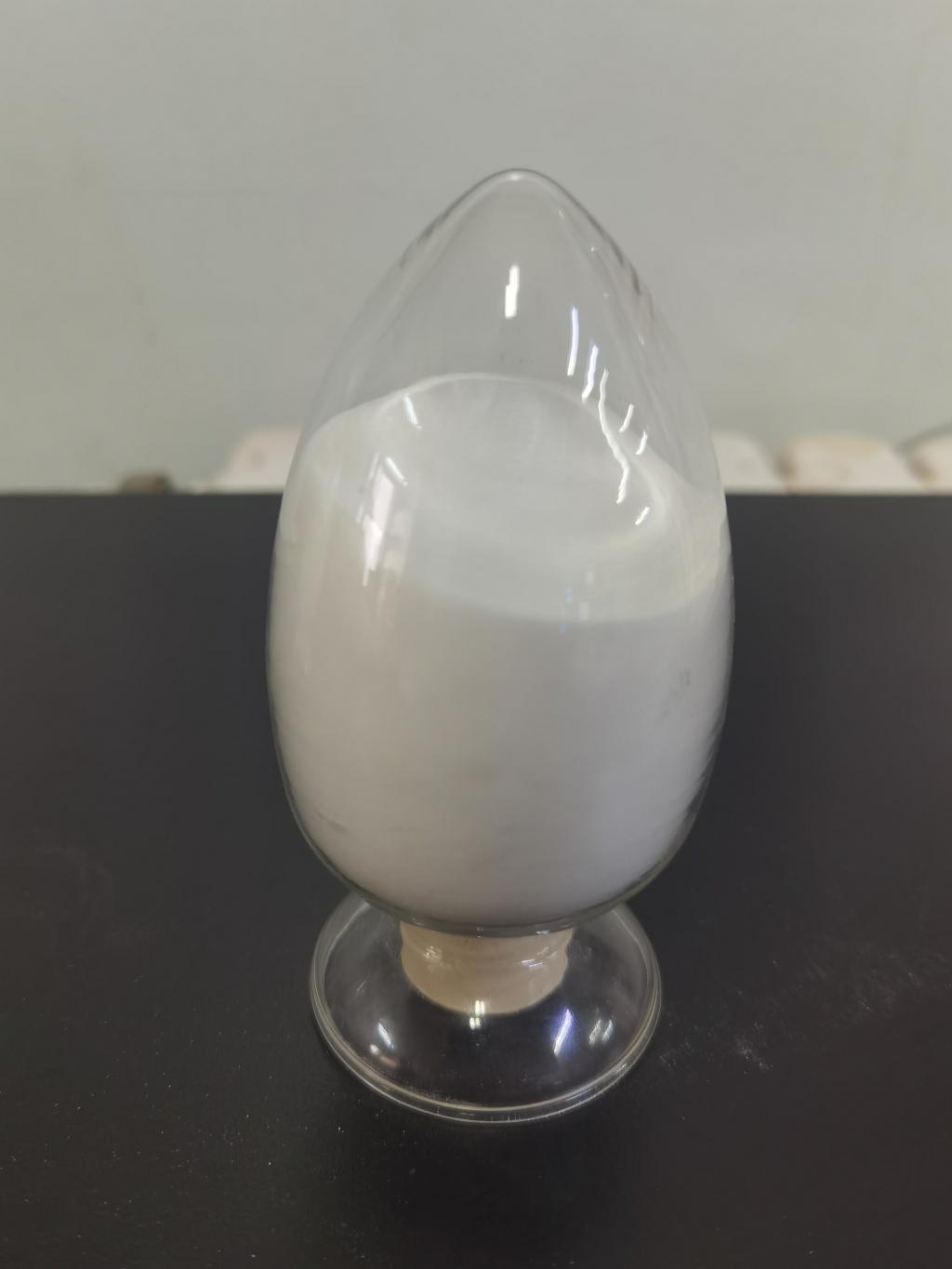Tel:+8618231198596

News
 CONTACT
CONTACT
 CONTACT
CONTACT
- Linkman:Linda Yao
- Tel: +8618231198596
- Email:linda.yao@dcpharma.cn
- Linkman:CHARLES.WANG
- Department:Overseas
- Tel: 0086 0311-85537378 0086 0311-85539701
News
A Global Perspective: ε-Polylysine Hydrochloride's Integration into Various Cultural Cuisines
TIME:2023-12-11
I. A Brief Overview of ε-Polylysine Hydrochloride
A. Origins and Characteristics
ε-Polylysine hydrochloride, a naturally occurring antimicrobial peptide derived from bacterial fermentation, has gained recognition for its broad-spectrum antimicrobial properties. This section provides a brief overview of the origins and key characteristics of ε-polylysine hydrochloride, setting the stage for its integration into cultural cuisines.
B. Mechanism of Action and Culinary Applications
Understanding the mechanism of action is crucial to appreciating how ε-polylysine hydrochloride contributes to culinary practices. Its ability to inhibit the growth of bacteria and fungi makes it valuable for food preservation and safety. This section outlines the antimicrobial mechanism and introduces its diverse culinary applications.
II. Asian Cuisines: Preserving Tradition with ε-Polylysine Hydrochloride
A. Japan: Sushi and Beyond
Japanese cuisine, renowned for its emphasis on fresh ingredients and meticulous preparation, benefits from the antimicrobial properties of ε-polylysine hydrochloride. This section explores its application in preserving sushi rice, sashimi, and other traditional Japanese dishes, enhancing food safety while respecting culinary traditions.
B. China: Noodles, Dumplings, and Beyond
From hand-pulled noodles to delicate dumplings, Chinese cuisine spans a vast array of flavors and textures. The integration of ε-polylysine hydrochloride in noodle doughs and dumpling fillings contributes to extended shelf life and enhanced safety. This section explores how this ingredient aligns with the preservation needs of Chinese culinary traditions.
III. European Delicacies: Elevating Preservation Techniques
A. Italy: Pasta and More
Italian cuisine, celebrated for its simplicity and quality ingredients, often revolves around pasta. The use of ε-polylysine hydrochloride in pasta production contributes to the preservation of pasta products, ensuring they maintain their quality over time. This section delves into its role in preserving the essence of Italian culinary staples.
B. France: Artisan Breads and Pastries
From baguettes to croissants, French bread and pastries are iconic elements of the culinary world. ε-Polylysine hydrochloride finds its place in preserving the freshness and texture of these delicate creations. This section explores its integration into French baking traditions, supporting artisanal craftsmanship.
IV. Latin American Flavors: From Street Food to Gourmet Cuisine
A. Mexico: Tacos, Tamales, and More
Mexican cuisine, renowned for its vibrant flavors and diverse street food offerings, benefits from ε-polylysine hydrochloride's antimicrobial properties. This section explores its application in preserving ingredients used in tacos, tamales, and other Mexican delights, contributing to food safety without compromising authenticity.
B. Brazil: Feijoada and Culinary Traditions
In Brazil, feijoada stands as a symbol of traditional cuisine, with its rich, hearty flavors. The preservation challenges associated with this dish are addressed by the antimicrobial properties of ε-polylysine hydrochloride. This section examines its role in preserving the authenticity of Brazilian culinary traditions.
V. Middle Eastern and African Culinary Heritage
A. Lebanon: Preserving the Essence of Mezze
Lebanese cuisine, known for its mezze platters and diverse flavors, encounters preservation challenges due to the variety of ingredients involved. ε-Polylysine hydrochloride contributes to the preservation of mezze components, ensuring they remain fresh and safe for consumption. This section explores its role in maintaining the authenticity of Lebanese culinary heritage.
B. South Africa: Bobotie and Beyond
South African cuisine, characterized by its fusion of flavors and influences, benefits from ε-polylysine hydrochloride in preserving dishes like bobotie. This section explores its application in South African culinary traditions, contributing to the longevity of dishes without compromising their cultural authenticity.
VI. Challenges and Considerations in Cultural Integration
A. Flavor Compatibility
While ε-polylysine hydrochloride provides practical benefits, its integration into traditional dishes raises questions about flavor compatibility. This section addresses the challenges associated with ensuring that the antimicrobial properties do not alter the authentic taste of culturally significant dishes.
B. Cultural Acceptance and Awareness
Introducing a novel ingredient into traditional culinary practices necessitates awareness and acceptance. This section discusses the importance of cultural understanding and communication to ensure that ε-polylysine hydrochloride aligns with the values and preferences of different culinary traditions.
VII. Future Prospects and Collaborative Culinary Innovation
The article concludes by exploring future prospects for ε-polylysine hydrochloride in global cuisines. Collaborative initiatives between food scientists, chefs, and cultural experts may pave the way for innovative applications, ensuring that this antimicrobial peptide continues to contribute to the preservation and evolution of culinary traditions worldwide.
Conclusion:
ε-Polylysine hydrochloride, with its natural origin and broad-spectrum antimicrobial properties, is making significant inroads into diverse culinary traditions around the world. From preserving the delicate textures of sushi rice in Japan to enhancing the longevity of feijoada in Brazil, this versatile ingredient is breaking new ground in the preservation of cultural authenticity. As the culinary world continues to evolve, ε-polylysine hydrochloride stands as a testament to the harmonious integration of tradition and innovation on a global scale.
- Tel:+8618231198596
- Whatsapp:18231198596
- Chat With Skype







